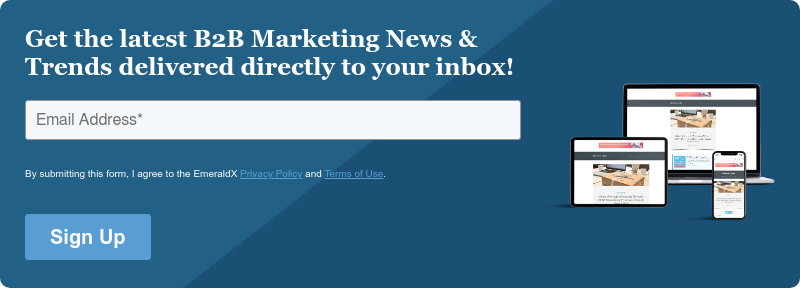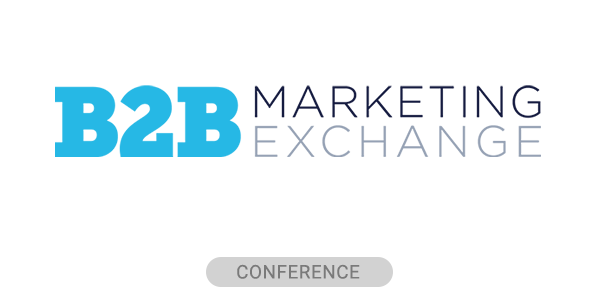Over the past few years, the automotive retail business has quietly become one of the most advanced testing grounds for artificial intelligence (AI)-driven sales and marketing. Dealerships that once relied on walk-ins and phone calls are now using intelligent systems that sense customer intent, personalize outreach, and even optimize pricing in real time, often with little or no human input.
This isn’t just an automotive story. It’s a glimpse into the next phase of demand generation: when marketing systems stop waiting for humans to trigger them, and start learning, deciding, and acting on their own.
From Manual Nurture to Intelligent Response
A few years ago, most car buyers filled out a lead form and waited for a salesperson to call. Today, dealerships can use AI systems to track behavioral cues— which models a visitor compared, how long they hovered on financing pages, what they asked in chat— and automatically follow up with personalized offers or test-drive invites.
In B2B terms, that’s like your system knowing when a prospect re-visits your pricing page, compares two whitepapers, or spends longer on case studies, and instantly nudging them with a relevant webinar invite or demo offer.
Takeaway: Stop treating intent like a one-time event. Build your automation around continuous intent sensing, i.e. small signals that accumulate into readiness. The earlier you act on them, the shorter your conversion cycle.
Turning Data Overload into Smarter Targeting
Car dealerships handle thousands of micro-variables, including model types, color preferences, dealer inventories, regional demand spikes. Manually matching all that is impossible. AI systems now balance these variables in real time, automatically routing the right inventory to the right location based on predicted demand.
For marketers, the equivalent is routing the right message to the right segment. Instead of manually segmenting lists, AI models can continuously learn who is most likely to engage— by product interest, geography, or role— and prioritize campaigns accordingly.
Takeaway: Treat segmentation as a living process, not a quarterly update. If your CRM data sits static, you’re missing opportunities that adaptive algorithms can surface every day.
Personalization That Remembers — and Evolves
One of the biggest frustrations for buyers (in any industry) is repeating themselves. Automotive AI systems have started solving that by maintaining a “memory” of each buyer’s journey.
If a returning visitor had compared hybrid and petrol cars before, the system doesn’t start from scratch — it continues the conversation where it left off: “Last time, you were comparing hybrid options. Would you like to see what’s in stock this week?”
For B2B, this translates into conversation continuity across touchpoints— when chatbots, email campaigns, and sales reps all operate with the same updated context.
Takeaway: The best personalization isn’t about first names in emails, it’s about memory. Connect your systems so every touchpoint builds on the last one.
Pricing and Offer Optimization— Without Losing Trust
Car buyers are price-sensitive. Change prices too frequently and you lose trust. But if you stay too static, you lose margin. The best dealerships use AI to analyze competitor listings, inventory availability options, demand-supply gap, market trends, and conversion data to adjust incentives and pricing bands, while keeping transparency and fairness.
In B2B, this is the next frontier of pricing and promotions. Imagine being able to automatically adapt package pricing or discounts based on engagement patterns, deal velocity, and budget signals— with clear rules that preserve fairness and compliance.
Takeaway: Pricing automation is powerful— but it must operate with guardrails. Transparency and explainability matter as much as efficiency.
Building Connected, Self-Improving Systems
In leading automotive networks, AI agents don’t work in isolation. One handles lead qualification, another manages inventory, another optimizes pricing. Together, they create a feedback loop that learns and improves over time.
That’s the direction B2B MarTech is heading: connected ecosystems where campaign, CRM, analytics, and content engines share data continuously, learning from each other instead of acting in silos.
Takeaway: If you’re investing in AI or automation tools, focus less on adding features and more on creating connections between them. AI only scales when systems share context.
Keep Governance and Human Judgment in the Loop
Autonomous doesn’t mean unaccountable. AI decisions in automotive, from pricing to customer engagement, should be subject to human review and audit. AI should be used to automate mundane tasks and obtain valuable insights from data that sits across tools and CRM. The human should be kept in the loop for smart review of these data and insights, and for taking business calls.
For marketing leaders, this means ensuring your systems operate within brand and ethical guidelines:
- Be transparent about what data is used.
- Review model outputs for bias or inconsistencies.
- Escalate exceptions to humans for oversight.
Takeaway: Trust is your brand’s currency. As automation deepens, make governance part of your marketing architecture, not an afterthought.
Final Thought: The Future Is Proactive Marketing
The transformation in automotive retail shows what’s possible when AI moves from supporting decisions to making them responsibly.
B2B marketers can take a page from that playbook. Instead of waiting for leads to act, your systems can:
- Sense buyer intent in real time,
- Adjust targeting and offers dynamically, and
- Keep the conversation alive across channels.
That’s not science fiction — it’s what demand generation will look like in the next 24 months. The question isn’t whether your team will adopt AI. It’s whether your systems will be smart enough to act — before your competition does.
 Sanjay Varnwal is the CEO and Co-Founder of Spyne, an AI-native automotive retail technology company headquartered in India with a subsidiary in the US. A seasoned entrepreneur with deep expertise in product innovation and technology-led business transformation, Sanjay has been instrumental in building Spyne into a category-defining platform that is reimagining the future of automotive retail. At Spyne, Sanjay oversees product vision, technology strategy, and global operations. With a mission to make automobile retail more intelligent, agile, and customer-centric, he has driven the company’s transformation from a visual merchandising platform into a full-stack, AI-native Auto Retail Suite. Sanjay is passionate about AI for industry transformation, particularly in driving efficiencies, customer delight, and new revenue streams in traditional sectors. With a vision to make Spyne the global operating system for automotive retail, he continues to push the boundaries of how AI can simplify, humanise, and accelerate dealership operations.
Sanjay Varnwal is the CEO and Co-Founder of Spyne, an AI-native automotive retail technology company headquartered in India with a subsidiary in the US. A seasoned entrepreneur with deep expertise in product innovation and technology-led business transformation, Sanjay has been instrumental in building Spyne into a category-defining platform that is reimagining the future of automotive retail. At Spyne, Sanjay oversees product vision, technology strategy, and global operations. With a mission to make automobile retail more intelligent, agile, and customer-centric, he has driven the company’s transformation from a visual merchandising platform into a full-stack, AI-native Auto Retail Suite. Sanjay is passionate about AI for industry transformation, particularly in driving efficiencies, customer delight, and new revenue streams in traditional sectors. With a vision to make Spyne the global operating system for automotive retail, he continues to push the boundaries of how AI can simplify, humanise, and accelerate dealership operations.







